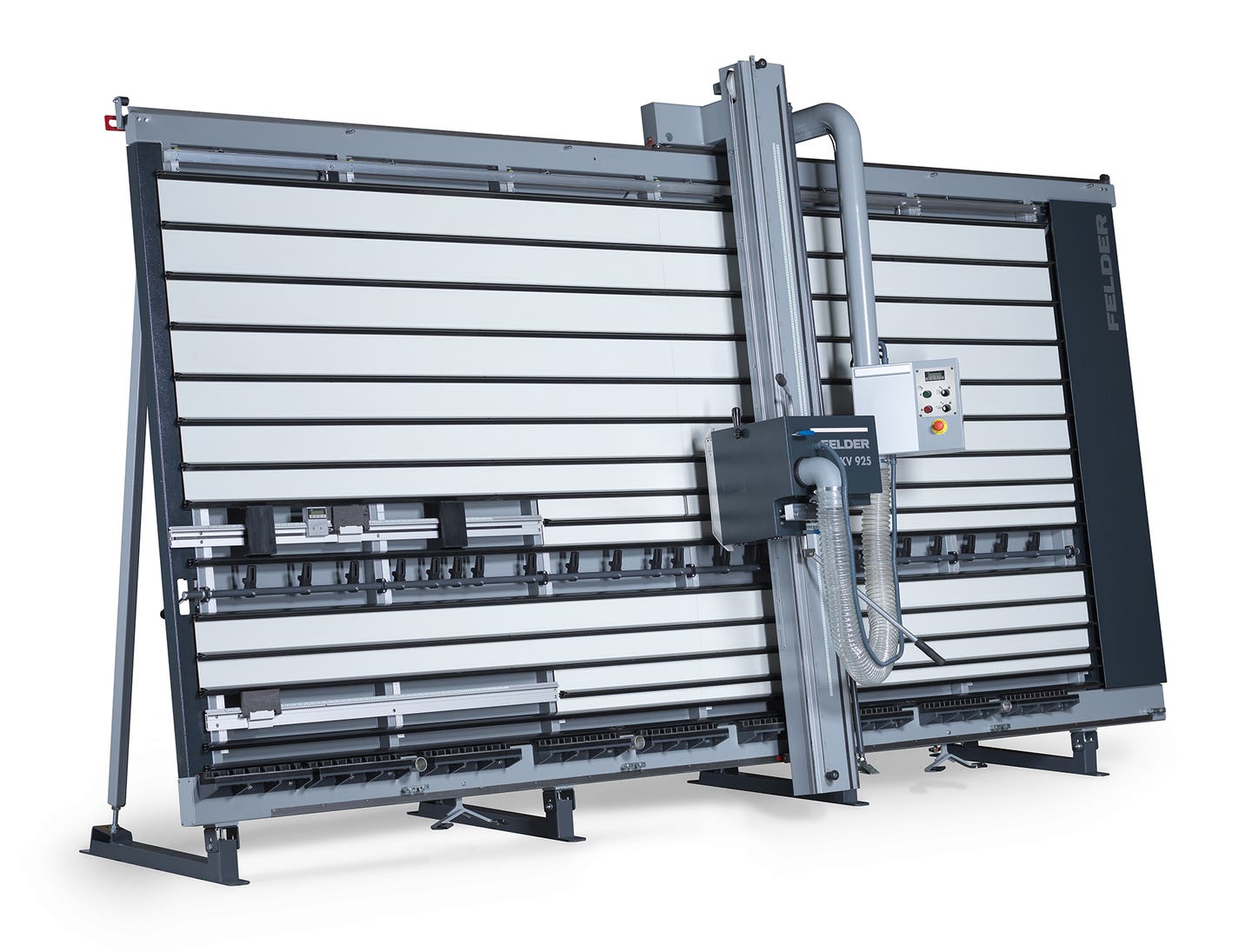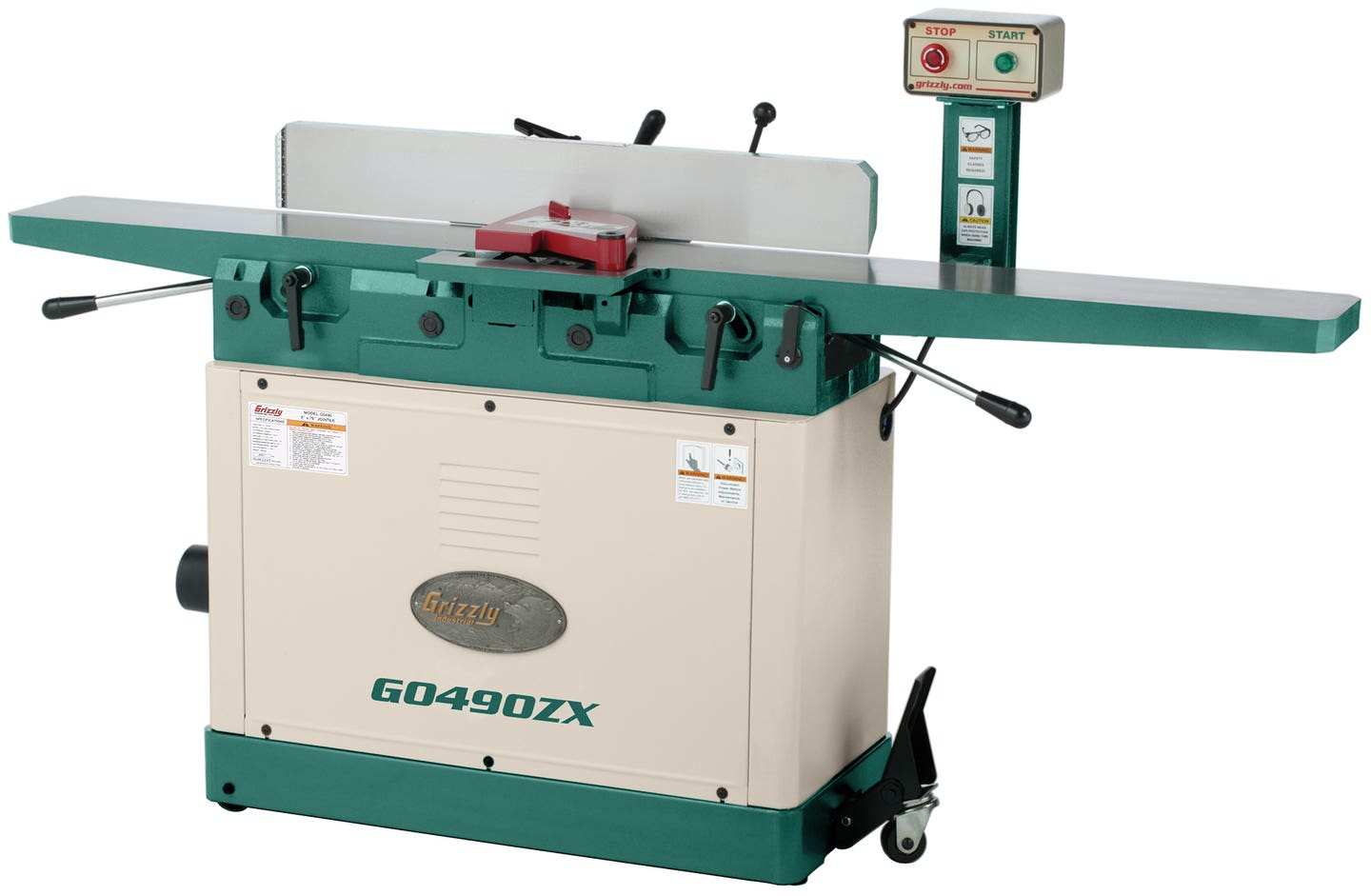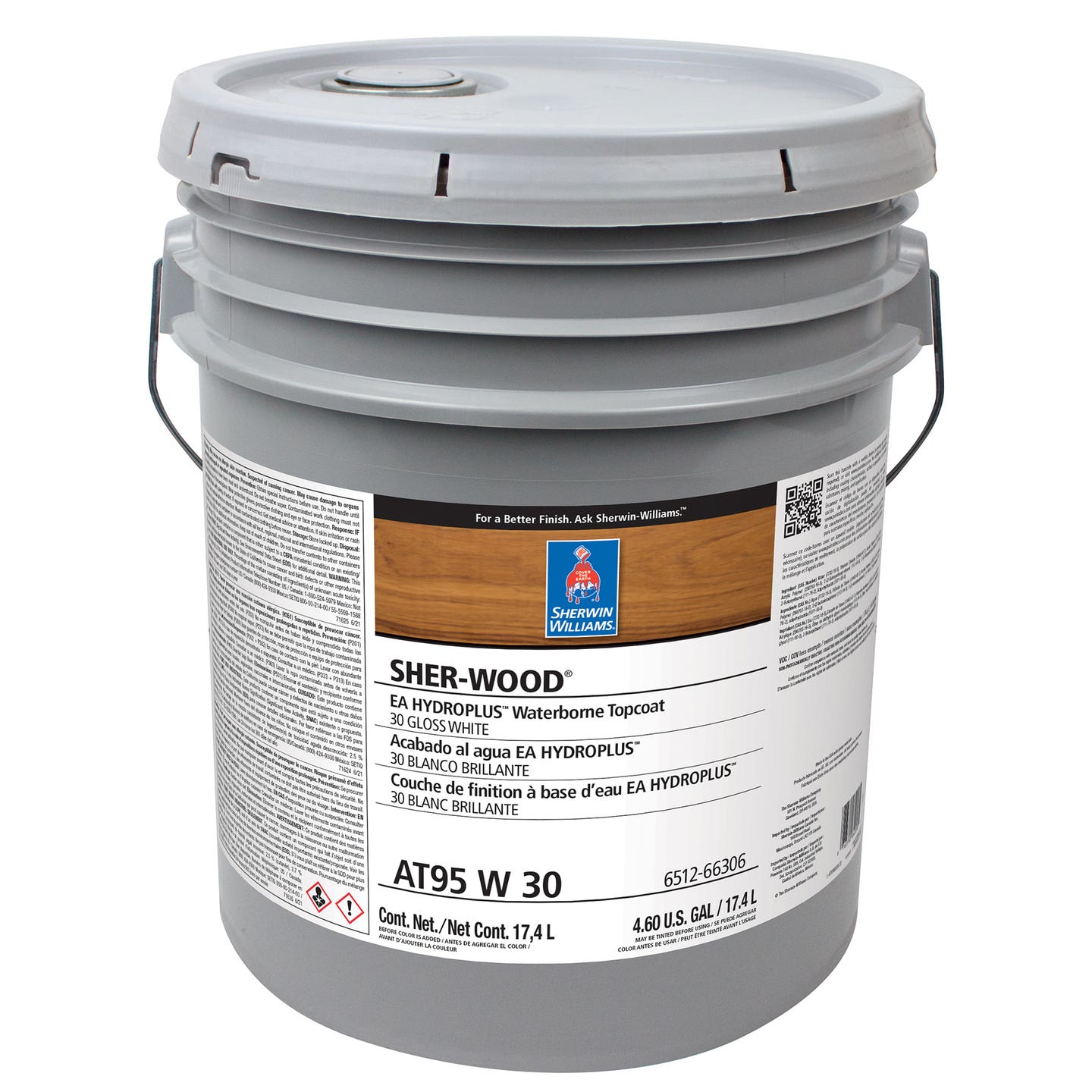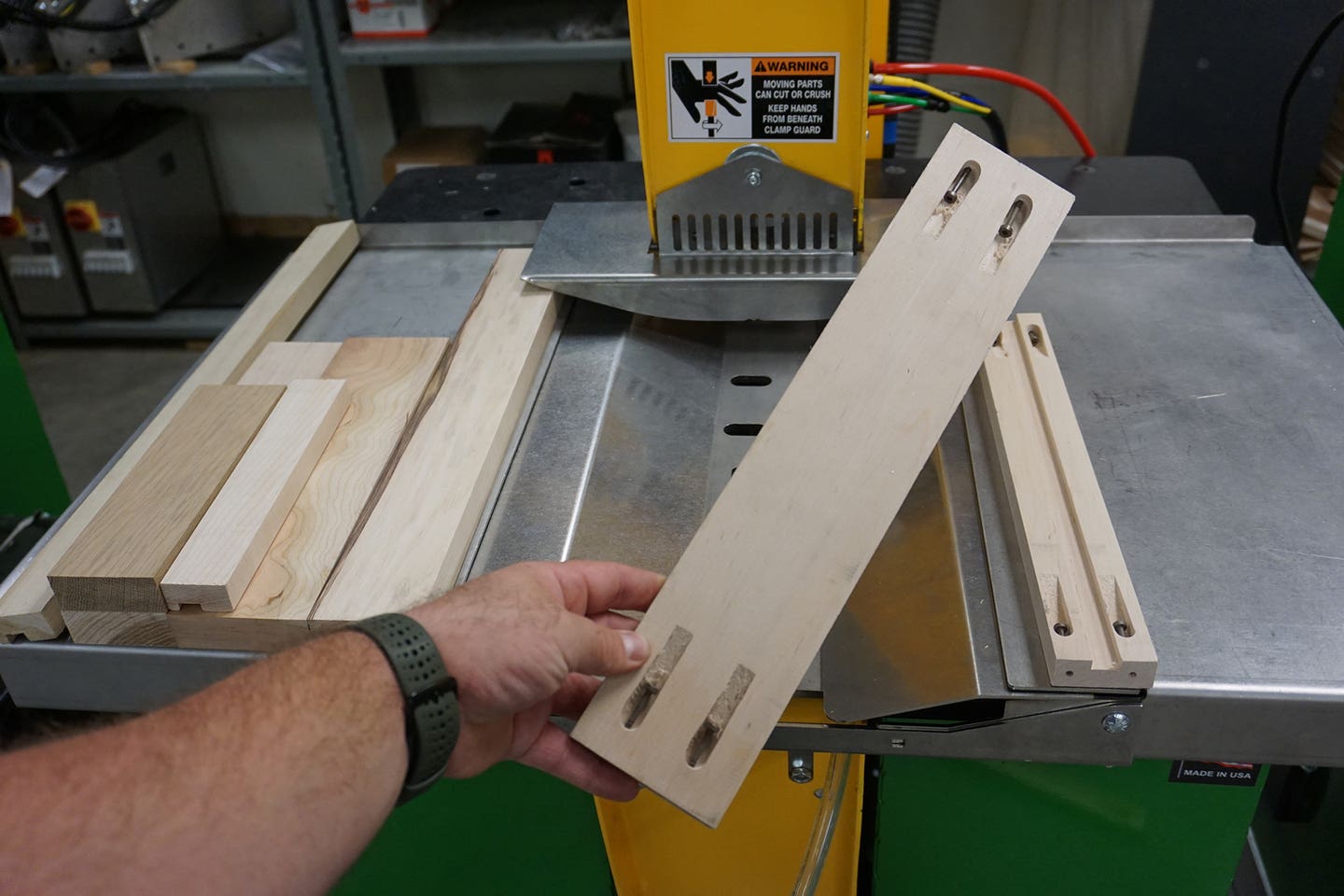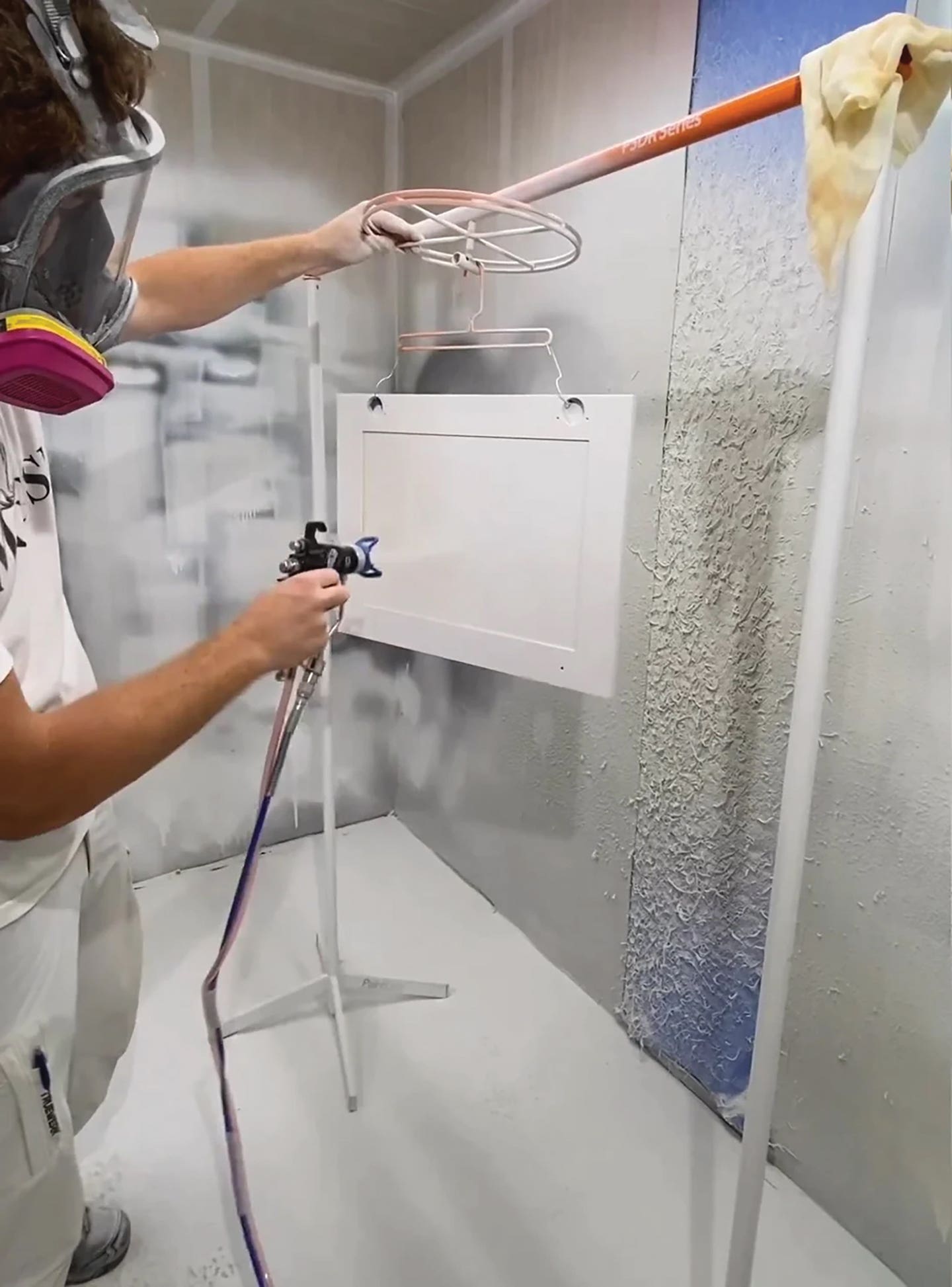Goff curtain walls popular with shops
Partition system allows any workplace to use heavy duty vinyl-laminate material to cordon off parts of their space Goff’s Enterprises has been manufacturing industrial curtain partitions since 1987, a concept…
Partition system allows any workplace to use heavy duty vinyl-laminate material to cordon off parts of their space
Goff’s Enterprises has been manufacturing industrial curtain partitions since 1987, a concept that was born in the family’s auto-collision repair shop. The company’s original curtain wall system wasn’t designed specifically for woodworking shops, but through the years small shops began to show an interest in the product. The ability to create a retractable barrier for space alternatives and designated areas for finishing or sanding without putting up permanent walls was quite appealing.
“The woodworking market was a market that we really just kind of chose to target only a couple of years ago,” says Tony Goff, president of Goff’s Enterprises. “We would get a lot of business from the woodworking industry without really even talking about woodworking just because it was such a natural fit. We were a fairly small company, and then as time went on, we targeted several different markets each year. We saw the large demand that we had naturally, organically, from the woodworking market. We thought we should start figuring out how we could reach the people that could best use our products within that industry.”
The interior curtains consist of a heavy duty 14-oz. vinyl-laminate material. The curtains meet national and California fire-resistant standards, are mildew- and rot-resistant, and are resistant to most chemicals. The curtains can be washed by simply using soap and water in most cases. They hang on a steel channel track system and slide on dual-wheeled carrier roller hooks.
“There is a 1” hook that loops down and hooks into rolled rim grommets that are placed 1’ on center along the top of the curtain product, which makes it very easy to slide back and forth,” Goff says.
“Another thing that is really great about the concept is you put up a wall when you need it. When you really want to change the look of your operation or the need changes within your operation, you just slide them out of your way and open things up again.”
The curtains are custom made. The customer provides the desired height and width dimensions, information on access points and what applications will be conducted within the area. Then the company selects the proper material, makes the curtains and ships them within five days.
“We’re the biggest manufacturer of industrial space-partitioning systems in the U.S.,” notes Goff. “It’s about a third the cost of a permanent wall in general. When you put up a permanent-type wall, you lose four square feet of usable floor space for every one linear foot of permanent wall you put up. [Our curtains] are literally less than a 1/8" thick sliding wall that can be moved out of the way at any given time. You don’t lose any square footage at all.”
And to think it all started in a family auto-body repair shop.
“In a collision-repair environment, much like a woodworking repair environment, there’s a constant flow of debris and airborne contaminants floating around. We figured out if we could flexibly separate one area from other adjacent areas for things like priming, sanding and applying clear coats — and a lot of the same things that they do in the woodworking business — that our shop could be a lot more productive, a lot more profitable. So we created this line of flexible, vinyl, flame-retardant, heavy-duty curtain partitions.”
The company also offers an exterior-grade curtain, mostly for use in warm environments. But because of difficulties created by wind and dust, a steel structure is usually required for the installation.
Goff’s 14-oz. curtains are priced at about $1,000 for 36' linear feet.
Contact: Goff’s Enterprises Inc., 1228 Hickory St., Pewaukee, WI 53072. Tel: 800-234-0337. www.goffscurtainwalls.com
This article originally appeared in the June 2009 issue.


